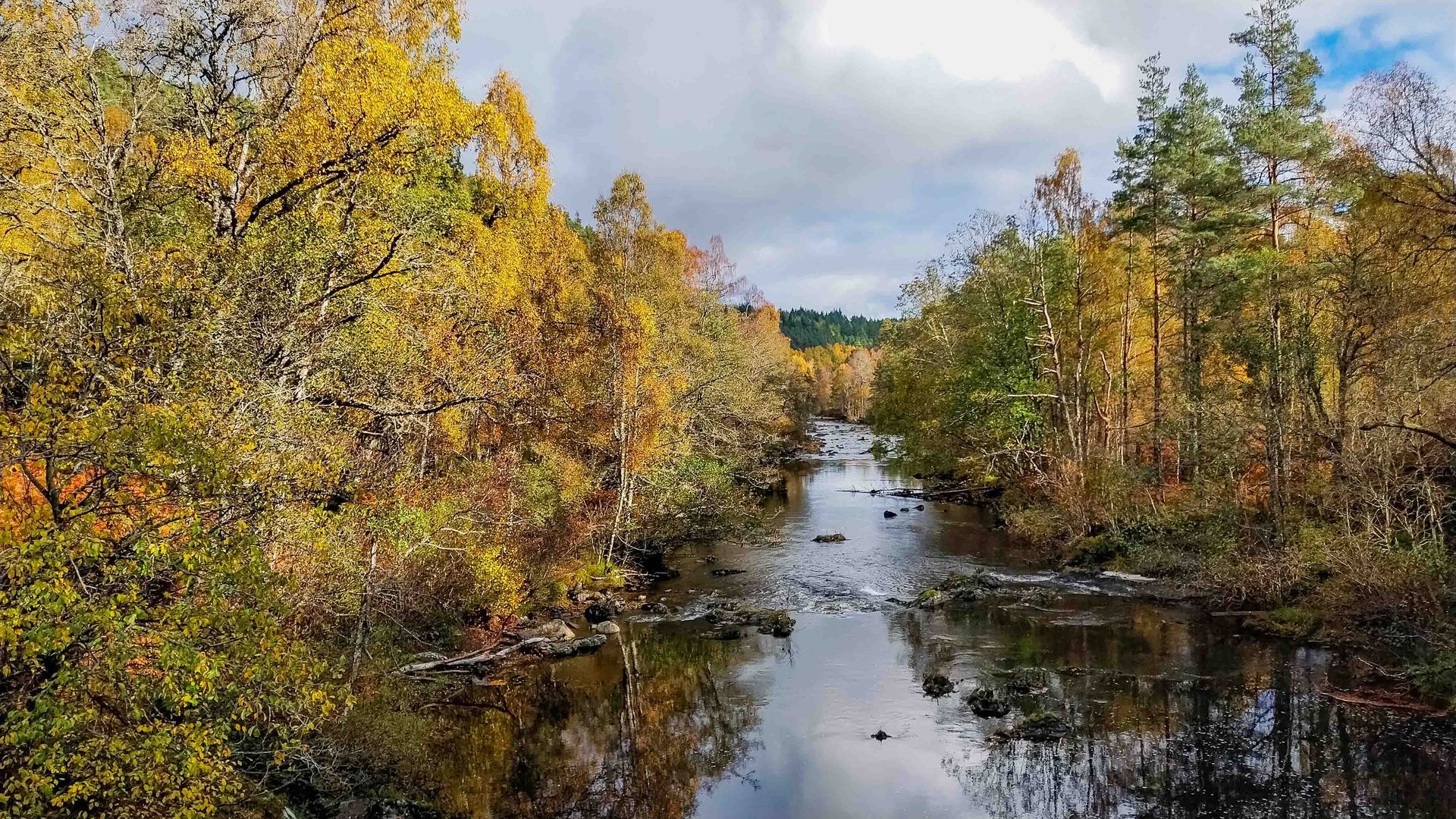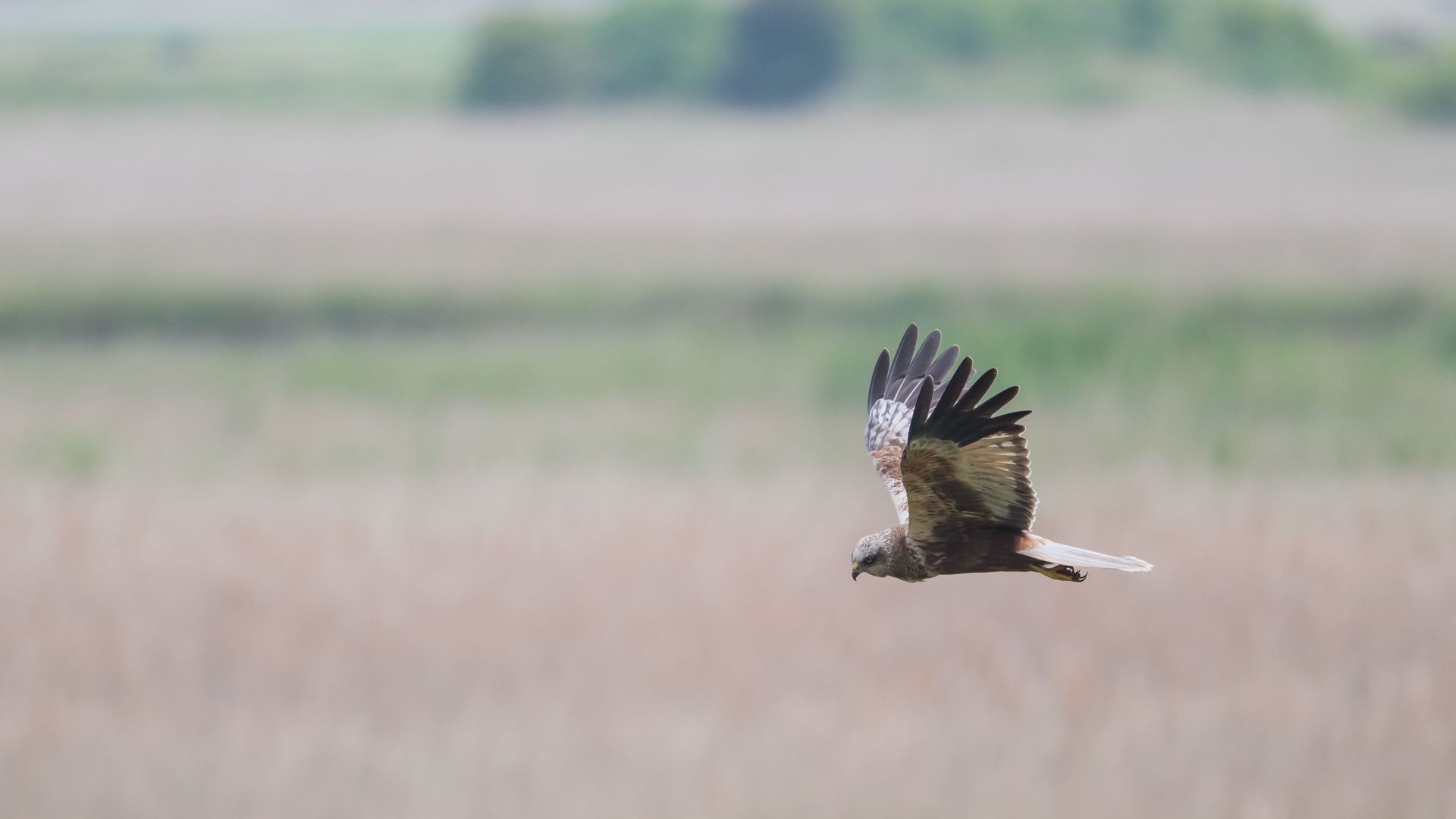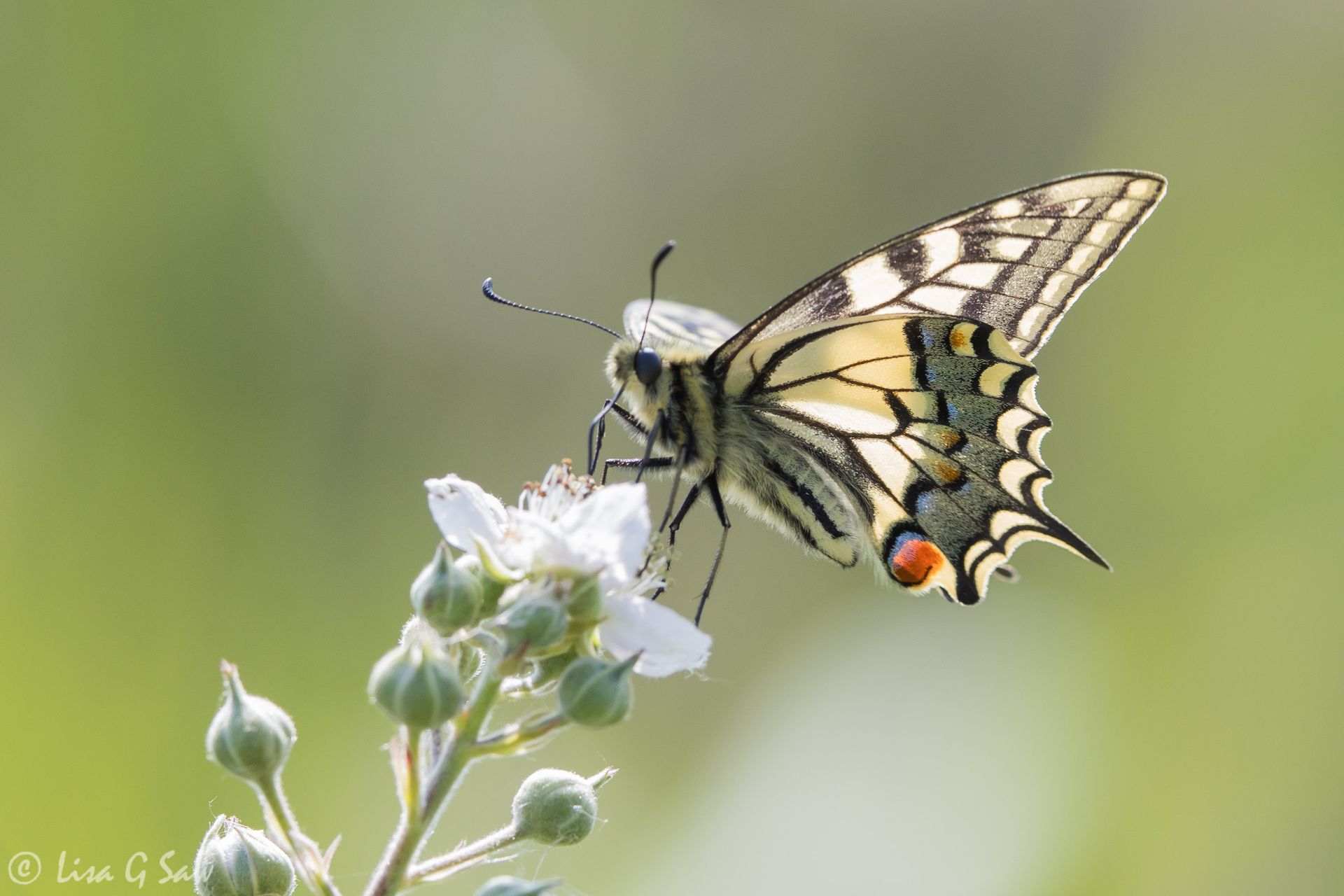Dawn to Dusk
On A Sunny Winter's Day
I was pretty fed up of so many dull, wet and windy days in January. I’d not been out with my camera hardly at all. So, when I saw that one Friday the whole day would be gloriously sunny, I planned to make the most of it. I couldn’t resist the opportunity to spend as much time as possible outdoors with my camera. I was definitely in need of a good nature fix. Even better, Bob was able to join me too. It was our first full day out in nature together from dawn to dusk.
Our outing began at Burton Mill Pond. Overlooking the water, we sat on our folding stools, wrapped up in winter coats and all the extra layers needed to protect us from the cold. It was so peaceful as we watched the sun gradually rise above the trees. I never tire of seeing the beautiful golden glow in the early morning light. It’s one of the best ways to start the day, especially when you’ve brought your breakfast along, a hot drink and someone special to share it with.
Further along the path we came across two small groups of people, also hoping to see some owls. It was the busiest I’d seen it for quite a while. We stopped to chat to someone I recognised, but we didn’t linger long. Instead, we headed up the hill so we had our own space, to enjoy the peace and quiet. It was a lovely vantage point overlooking the fields and valley. There wasn’t a cloud in the sky. It was a perfect winter afternoon. With next to no wind either, I was still very hopeful we would see some owl activity.
To our right we spotted almost half a dozen hares in a large field. Just below us on the hill a Kestrel was seen flying about and overhead, a few Red Kites were also on the prowl for food. But, it was the Barn Owl we were really hoping to see and hopefully more glimpses of Short Eared Owls too, on the wing. Patiently, we waited, sipping hot drinks and eating snacks. Every now and then we’d look through our bins and peruse the fields, but there was no sign of any owls. Time peacefully and calmly slipped away. The sun was slowly edging towards the horizon and with it went the warmth.
After the sun had disappeared, the good light was gone and we didn’t bother to take any more photos. We simply enjoyed watching the owls some more before it was time for us to head off. What a fabulous day, made all the more special for me as I was able to share it with Bob. We were both in our element, spending the whole day immersed in nature and watching the wildlife. It’s so wonderful to finally have someone to share it with that loves the outdoors as much as me! Hopefully, there'll be many more days like it to come!



